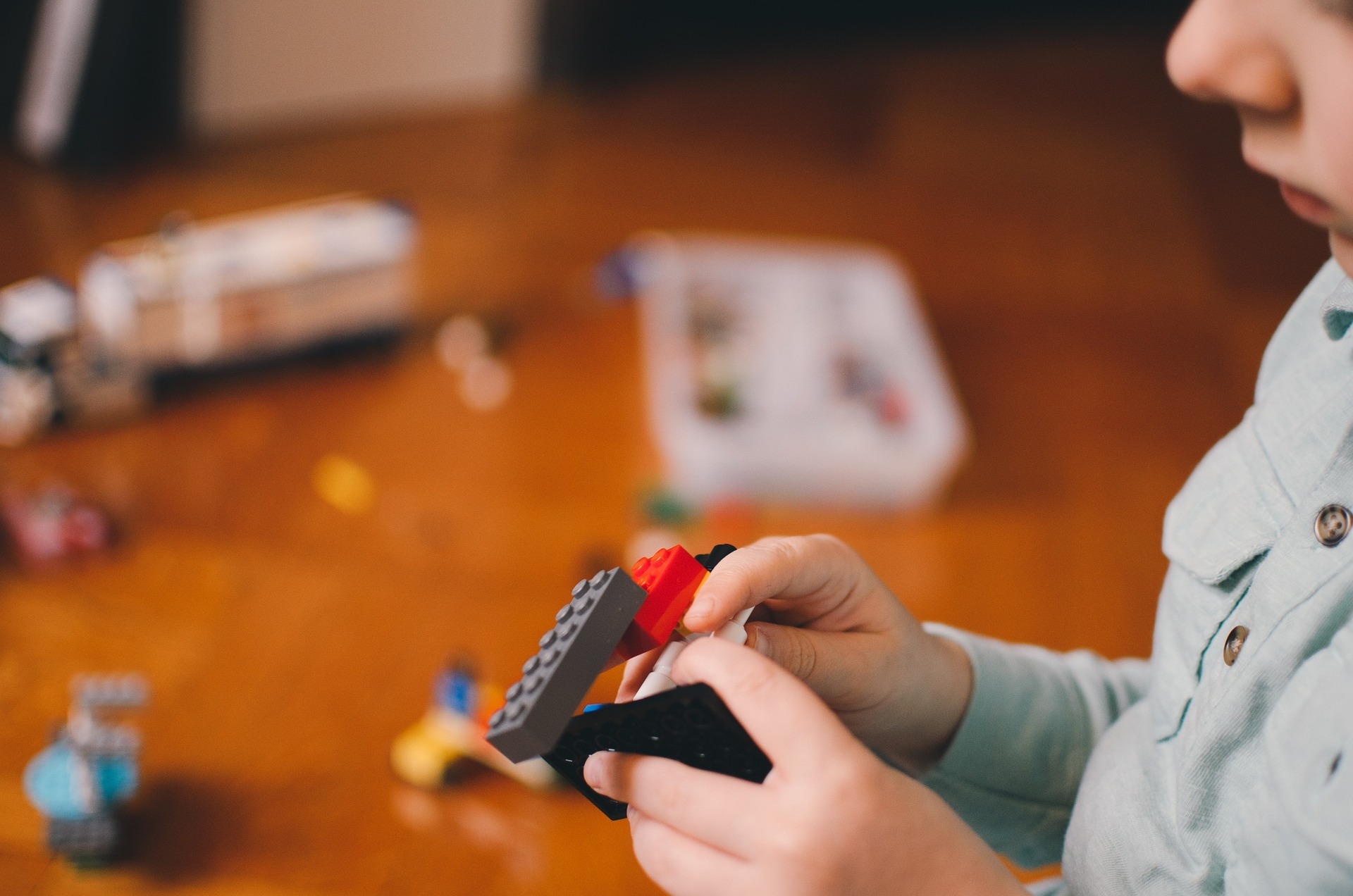Individuals with autism spectrum disorder (ASD) process information differently than other people. This can make it difficult for them to interact with their family members, school mates, work mates, and friends. However, by using the right tools and strategies, people with autism spectrum disorder can live happy, successful lives. It is essential to understand their unique needs to provide the necessary support. Here are four tips to help you better understand autism and how to work best with individuals who have an ASD diagnosis.
1. Learn the Signs and Symptoms of Autism
People with autism spectrum disorder typically have challenges with social interaction, problems with communication, repetitive behaviors, and sensory processing issues. It is crucial to identify the signs and symptoms of autism spectrum disorder (ASD) to get a diagnosis and begin receiving the necessary treatment. Common signs and symptoms of AD in babies and toddlers include:
- Lack of facial expressions by 9 months of age
- Not maintaining eye contact
- Not responding to own name by 9 months of age
- Using few or no gestures by 12 months of age
- Not participating in interactive games for children by 12 months of age
- Not realizing that other people are hurt by 24 months of age
- Not playing with other children by 36 months of age
- Repeatedly lining up toys in a particular order
- Repeating the same word or phrase over and over
- Getting upset when routines are disrupted
Not all children with ASD will exhibit all of these symptoms. It is also possible for some children to have similar symptoms but to a different degree or intensity. As they get older, children with ASD may experience maladaptive daydreaming or other mental health conditions. When Discussing Psychology or pharmacology-based treatment options, mental health professionals must keep the child’s cognitive and biological development in mind.
2. Work to Understand Their Unique Needs
One of the most important things we can do as caregivers or loved ones of someone with ASD is to learn about their specific needs and work to meet them. Each person on the spectrum is different, so there is no one-size-fits-all approach to providing support. However, we can keep some general things in mind as we try to understand and help those with ASD.
Some common needs of people with ASD include:
- A structured environment with clear rules and expectations
- Routine and predictability
- Visual aids such as schedules or pictures when communication is an issue
- Nonverbal cues or explanations for verbal communication
- Time alone or quiet time away from stimulation
3. Be Patient and Understanding But Be Firm When Necessary
It can be difficult for people with ASD to communicate their needs or understand ours. This can contribute to much frustration. While we should always be patient and understanding as we interact with people who have autism, it is also vital that we set clear boundaries and enforce them when necessary.
This means giving specific instructions for daily tasks like brushing teeth or getting ready for bed and addressing problem behaviors like tantrums or aggression when they occur. It is also important to be aware of sensory issues that may cause discomfort or distress. We may need to remove the individual from these distressing situations if appropriate.
4. Find Ways to Connect and Build Relationships
While it can be challenging to connect with someone with ASD, it is not impossible. Building relationships with people who have ASD can be just as rewarding and meaningful, if not more so, than those we build with other individuals in our life.
This may mean finding activities the person enjoys or has a particular interest in. We also need to take the necessary time to get to know them and learn about their unique needs and perspectives. And remember to make the most of any shared interests, whether it means reading the same book or playing the same video game more than once.
Whether you are a caregiver, family member, friend, or loved one of someone with autism spectrum disorder, it is important to be understanding and supportive while setting clear boundaries and expectations. Find ways to connect and build your relationship. By being patient and supportive, we can help people with ASD to live life to the fullest.


